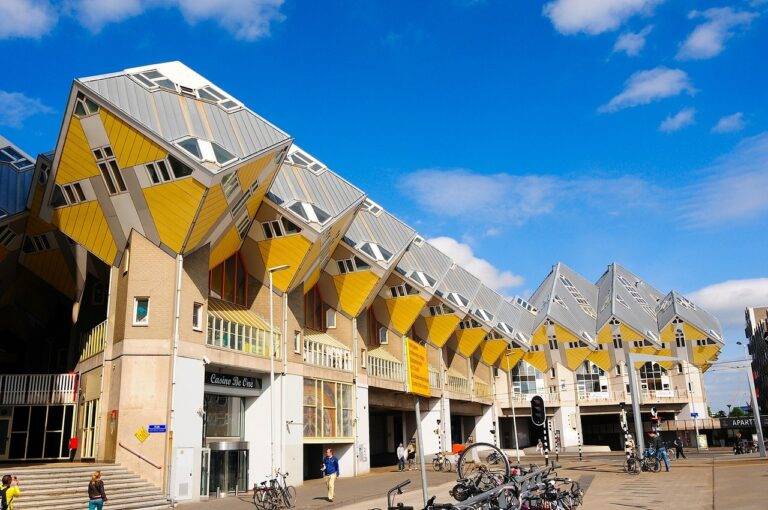DIY Home Improvement: Tips and Tricks for Beginners
When embarking on a DIY home improvement project, it’s essential to start by clearly defining the scope of the work you plan to complete. Whether it’s a small renovation or a major overhaul, having a detailed plan in place will help keep you organized and on track. Take the time to assess your skill level and determine what tasks you can realistically tackle on your own and which ones may require professional help.
Next, create a timeline for your project to ensure you allocate enough time to complete each task thoroughly. Consider factors such as work commitments, family obligations, and unexpected setbacks that may arise during the renovation process. By setting realistic deadlines for each phase of the project, you can better manage your time and resources to prevent last-minute rushes or unfinished work.
Setting a Realistic Budget for Your Home Improvement Project
To start setting a realistic budget for your home improvement project, it’s crucial to first determine the scope of the work you want to undertake. Make a detailed list of all the renovations or changes you wish to make, as well as any necessary materials and labor costs. Be sure to include everything from painting and flooring to larger projects like kitchen or bathroom remodels.
Once you have a comprehensive list of all the expenses involved, do some research to get a rough idea of how much each item on your list may cost. You can browse through home improvement websites, visit local hardware stores for pricing, or even consult with professionals for estimates. By gathering this information, you’ll be better equipped to create a budget that aligns with your vision for your home improvement project.
How can I determine the budget for my home improvement project?
To set a realistic budget for your home improvement project, start by researching the cost of materials, labor, and any additional expenses. Consider getting quotes from contractors or comparing prices at home improvement stores to get an idea of how much your project will cost.
What should I include in my home improvement budget?
Your budget should include the cost of materials, labor, permits, and any additional expenses such as renting equipment or hiring professionals. It’s important to factor in unexpected costs or emergencies that may arise during the project.
How can I save money on my home improvement project?
To save money on your home improvement project, consider doing some of the work yourself, sourcing materials from discount stores or online marketplaces, and comparing prices from different contractors. It’s also important to set a budget and stick to it to avoid overspending.
Should I set aside extra money for unexpected costs?
Yes, it’s always a good idea to set aside extra money for unexpected costs that may arise during your home improvement project. It’s better to be prepared for any surprises than to be caught off guard and unable to cover the expenses.
How can I track my expenses during the home improvement project?
You can track your expenses by keeping a detailed spreadsheet or using budgeting apps to monitor your spending. Be sure to update your budget regularly and keep all receipts and invoices in case you need to refer back to them in the future.





